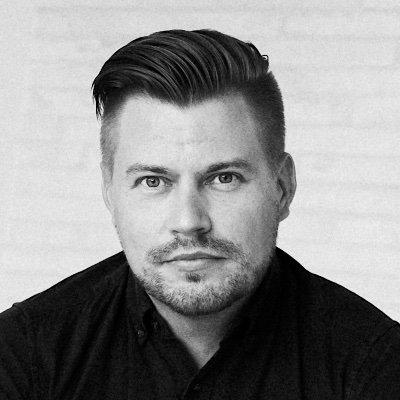Beyond Features: A New Era of Product Development
Software has never been easier to make.
Shared frameworks, open-source tools, and maturing infrastructure have steadily democratized quality and speed for software makers. Recently, this trend has been accelerated by AI-enabled development, amplifying the productivity of experienced builders and opening new doors for those previously gatekept by competency.
What once took years to build can now be replicated in weeks. Software’s fundamental imitability, once a quiet truth, has become impossible to ignore.
It’s not unreasonable to assume the continuation of these trends will only further compress the time it takes to make, or copy, quality software. This means more players entering the market and doing so faster than ever before, reshaping the game for mature and novel players alike.
This accelerating competition is quickly dating the prevailing school of thought. We're taught to optimize for building functional, reliable and usable products in order to compete. But as capability, reliability, and usability become table stakes, we're forced to compete at a higher level.
How then, do we compete?
If we study how competition has historically affected differentiation across industries, a clear pattern emerges. Time and again, as consumers gain access to more capable, reliable, and usable options, buying decisions are driven by how a product makes them feel.
Consider how athletes make buying decisions between Nike, Adidas and Under Armour. Or in even more competitive markets, how listeners pledge loyalty to Beyoncé or Taylor Swift over equally polished pop. (Beehive spare me)
This progression can be mapped onto a simple four-stage pyramid; capability, reliability, usability, and, at the top, emotional resonance. For future reference I’ll refer to this as the hierarchy of consumer buying behavior.
Here is where the Current Old Product Playbook breaks down.
It has helped many of us compete up to usability but it was never designed for feelings, identity or trust. Its tools and incentives chase incremental lifts and short term wins, not the slow compounding of relationship capital. By design, it’s fundamentally incapable of delivering sustainably competitive emotional resonance.
Competing today and in the future requires a fundamentally different approach, one that can help us deliver on all four stages of the hierarchy of consumer buying behavior.
Drawing lessons from more competitive industries and emerging leaders in Tech, a fundamental strategy takes shape: organizations can win by measuring every company, brand, and product action through the lens of the action's impact on the relationship they maintain with their users.
We can see these principles in action by studying tech organizations that already embody this relationship-centered ethos.
Take Linear, an issue tracking tool that competes in an extremely competitive space. At the time of writing this, they've leveraged this understanding to the effect of a profitable business, a devout core audience and a $3.5B valuation–all while hiring less than 70 people.
Other companies, like the one behind popular browser Arc, openly disclose their focus on Optimizing for Feelings. When I first read this, I felt I had stumbled upon a fresh and exciting approach to building products that resonated with me as a craftsman. I now recognize this as the only conceivable way a company called The Browser Company of New York could compete against the incumbent.
Where these trends ultimately lead and what that means for the future value of software remains unclear. But as long as software remains a commercialized craft, this playbook remains practical.
New market forces like AI-enabled development are only accelerating this future. The gap between today and non-commercialized software will be filled by teams who build trust from the start and vacated by those that stay tethered to business-first product beliefs.
Competing at the level of resonance means rebuilding from the ground up, with relationships, not metrics, at the center. The New Product Playbook distills the lessons of a timeless and proven approach, new only in its application to software.
Let’s define the shift.
